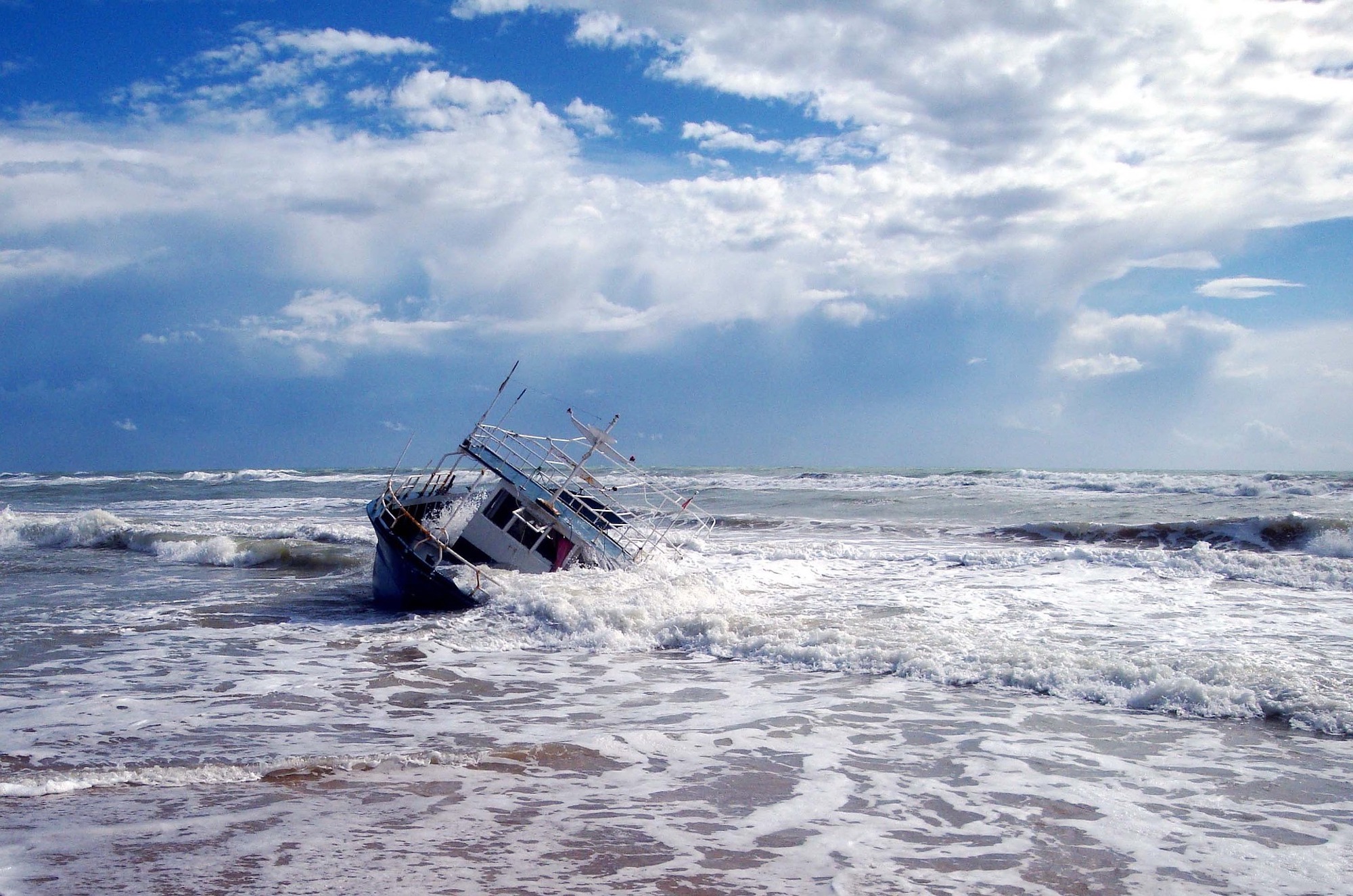He put several questions to them, but was answered only by signs.
Horace Walpole, The Castle of Otranto
In the 1930s, John von Neumann and Bernard Koopman embarked on a singular scientific endevor. At the time, Koopman, a promising young mathematician and former student of George David Birkhoff, focused his early work on dynamical systems and mathematical physics. Von Neumann, even younger and already dubbed a child prodigy, had yet to gain fame as a key figure in the Manhattan Project.
Driven by a desire to unify quantum mechanics with classical mechanics, Von Neumann took a keen interest in Koopman’s work, particularly his exploration of the idea that every dynamic system described by differential equations might correspond to a linear operator. This possibility sparked Von Neumann’s vision of describing classical mechanics through operator algebra.
Physicists had already developed a comprehensive theory of linear operators, whose structure completely characterizes the properties of the system they define. This was interesting because it meant having a complete toolkit for understanding how physical systems work.
The collaboration between Von Neumann and Koopman ultimately demonstrated that every dynamic system in classical mechanics could indeed be associated with a linear operator despite resulting in infinite-dimensional operators, which are not so easy to work with. For this reason, this discovery – while physically intriguing – lacked practical implications and was seen for decades as a merely theoretical curiosity.
Evoking the ghost of the Koopman operator
Nearly a century later, a group of international scientists gathered in the cool, thick-walled rooms of the medieval castle in the southern Italian city of Otranto—the iconic setting of one of literature’s first and most famous ghost stories, Horace Walpole’s The Castle of Otranto.
For two days, leading mathematicians and theoretical physicists discussed challenges and advancements in the study of the Koopman operator theory and presented the possible and wide-ranging applications of this powerful mathematical tool, including its relevance to the climate system.
The workshop “Koopman Operator Theory: Fundamentals, Approximations and Applications”, organized by CMCC in collaboration with the University of California Santa Barbara, brought together researchers from all over the world to explore the Koopman operator’s expanding role in bridging the gap between physics-driven and data-driven models, particularly in areas where traditional mathematical descriptions fall short.
Discussions highlighted the theory’s potential to enhance our understanding of deep learning algorithms, as well as its promising applications in climate science. During the workshop, scientists explored the idea that the Koopman operator could significantly improve the interpretability of machine learning methods for forecasting, offering deeper insights into atmospheric, climate, and ocean dynamics.
How machine learning research led to a revival of the Koopman operator, and how this can unlock a new physical understanding of dynamical systems
Over the last 20 years, there was a pivotal shift in our understanding of Koopman operator theory, catalyzed by advancements in machine learning techniques. Mathematicians demonstrated that these techniques could effectively estimate the Koopman operator decomposition from datasets. Very interesting results followed, laying the entire theory – now described as a data-based theory of the Koopman operator decomposition – on very solid mathematical foundations.
This data-driven approach allows scientists to uncover the underlying laws governing the time evolution of systems directly from the data. It distills complex dynamics into understandable components, enabling us to classify systems and grasp their implicit properties. Unlike traditional methods, which rely on predefined models, this approach extracts intrinsic system dynamics, offering a deeper physical understanding.
“By addressing mathematical issues such as sensitivity and robustness in calculations and methods, we may identify the climate system’s primary periodicities and attribute dynamic significance to them. And understanding periodicities could provide insights into other aspects of the climate system,” says Antonio Navarra, CMCC’s president and organizer of the workshop.
“Secondly, we could understand how chaos emerges,” he adds. “Currently, chaotic systems are often treated uniformly, but I believe there is a spectrum of chaotic systems with diverse properties, and the origins of chaos remain elusive. This approach could shed light on the origins and manifestations of chaos across different systems. Moreover, it could help identify subspaces where dynamics are relatively immune to chaos. Just as in a system of moving marbles, there might be regions where motion is predictable. Identifying and understanding these regions could enhance our models and improve our understanding of complex systems.”
“The workshop was structured around three interconnected themes: basic theory, numerical computation, and real-world applications. Each informs the others—applications highlight theoretical gaps, theory guides computation, and computational challenges refine the theory,” says Igor Mezić, professor at the University of California Santa Barbara, who organized the workshop with Navarra. “Our goal is to assess where we stand today and define the priorities for the coming years. If successful, this approach could revolutionize predictive modeling in fields like weather and climate forecasting by merging machine learning with a solid understanding of physical systems. This isn’t just about training parameters for machine learning; it’s about integrating the physical world into the models, potentially leading to breakthroughs in both accuracy and efficiency.”
Towards a comprehensive theoretical description of the physics of the climate system
Historically, the theoretical study of climate quickly recognized it as a dynamic system. Early attempts focused on modeling simplified dynamic systems, with Edward Lorenz pioneering this approach by reducing climate dynamics to a system of just three equations. However, this approach encountered several limitations, as three equations resulted insufficient to capture the climate system’s complex dynamics.
In recent years, research has largely focused on observational and model-based studies, with theoretical development stagnating. By today, the theoretical understanding of atmospheric dynamics remains anchored to Jule Charney‘s 1949 baroclinic instability theory and its successive modifications and extensions.
Klaus Hasselmann‘s work on representing climate variability as a stochastic system, for example, was an attempt to address unresolved higher frequencies and smaller scales. While useful due to computational constraints, this representation falls short of capturing the full complexity of the climate system.
Syukuro Manabe, who was awarded the 2021 Nobel Prize in Physics jointly with Hasselmann and Giorgio Parisi for groundbreaking contributions to the “physical modeling of earth’s climate, quantifying variability and reliably predicting global warming“, is also considered one of the pioneers of modern climate modeling.
Manabe’s research emphasizes the human causes of climate change and demonstrates how advanced numerical models, along with the world’s most powerful computers, have been instrumental in simulating climate change and natural climate variations.
Recent efforts have focused on phenomena such as the El Niño Southern Oscillation (ENSO), leading to the development of coupled interaction theories. Despite some progress in understanding specific phenomena like ENSO, the emergence of climate change shifted focus towards numerical simulations, slowing further theoretical development.
“Theoretical progress in climate science has slowed, with the recent focus shifting towards applying complex systems theory to climate dynamics. However, this approach has had limited success in describing the atmosphere’s behavior as a system of multiple equilibria. Significant mid-20th century developments, such as quasi-geostrophic approximations and linear models, marked important progress, and the rise of climate change research led to a greater emphasis on numerical simulations, but theoretical advancements have largely stalled since then,” says Navarra. “Yet, expanding our theoretical frameworks remains crucial. Identifying key periodicities within the climate system and interpreting them dynamically is a major challenge. While the application of Koopman operator theory is not yet universally recognized as a solution to the challenges in climate studies, advancing its study holds promise for enhancing our understanding of climate dynamics and hopefully improving our climate models.”
More information
Workshop – Koopman Operator Theory: Fundamentals, Approximations and Applications
May, 20-21 2024 – Otranto, Aragonese Castle






